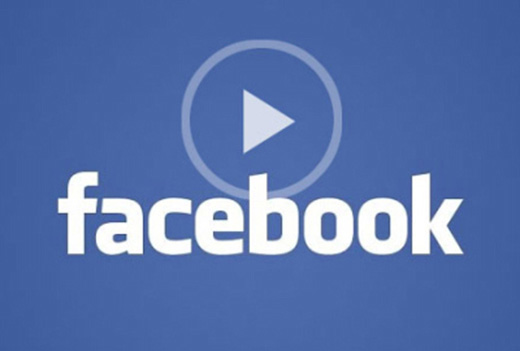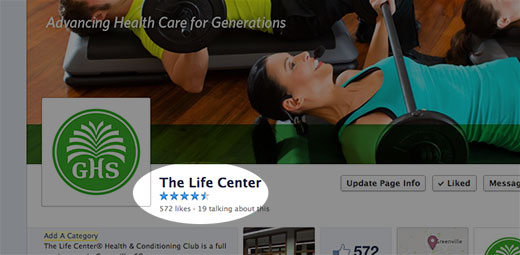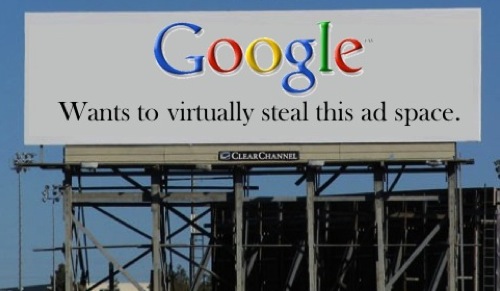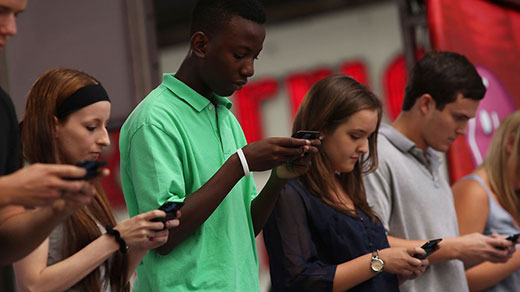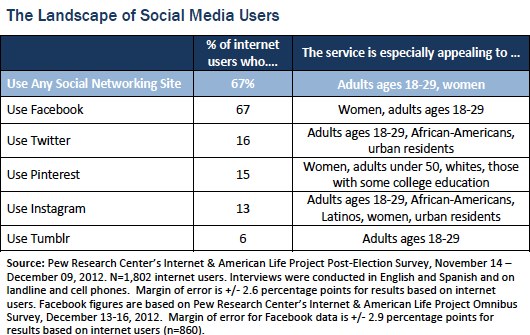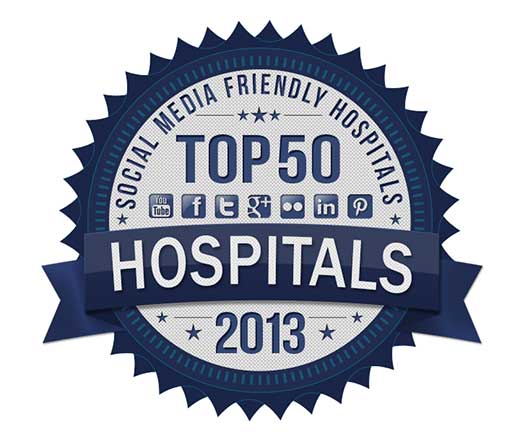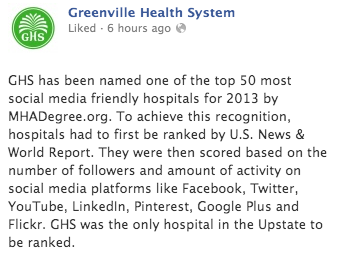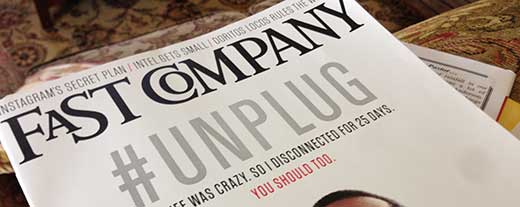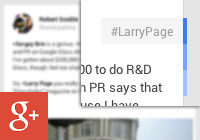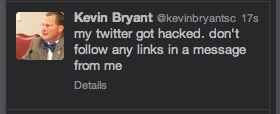Facebook just released the newest app in both iOS and Android which bows allow you to see video content in auto-play mode. What does this mean?
As you scroll down your news feed (via your iPhone, iPad, iPod, Android, and other mobile devices), video that was uploaded directly to Facebook will now auto play in the news feed. This means, when you scroll down the news feed to check out all the stories…you will notice a video might start playing. But, you will notice it does this in silently.
Many people have voiced both positive and negative reviews surrounding videos auto-playing when clicking onto a website. Lots of the feedback, mainly negative, specifically addressing the sound during the auto-play.
Other groups are experimenting with auto-play of video like Vimeo with their mobile apps. The Vimeo app on the iPad would auto-play your feed videos when scrolling, catching your attention with the motion of the video. This is the idea I think Facebook is trying to capture.
The Benefit:
Here is what makes this awesome…allowing people to explore rich media that they normally would not if the video was paused. By auto-playing the video, consumers see the motion as they scroll through the feed…potentially stopping to watch the whole video. This will be huge for communicators/marketers/digital strategist.
Compatibility:
This only works when you upload video directly to Facebook…hence another reason they are trying to encourage individuals to use Facebook as a video distribution channel. This will not work with any video links posted from outlets like YouTube, Vimeo, Vine…etc.
With the competition between Instagram, Vine, and YouTube trying to leverage people with their video distribution capabilities…Facebook recognizes they are the ones how hold the key to the mass audience. So…why not jump into the game.
TechCrunch writes:
“If Facebook can make auto-play video feel like a natural part of the feed, it could unlock a new level of proficiency in consuming the world.
Auto-play could give us quick windows into our friends lives that are almost as easy to skim as photos but much more evocative. News outlets could serve up footage from major events happening around the world or recent sports highlights. Imagine watching an epic interception returned for a touchdown silently filling you feed with a remarkable athletic achievement that you might not have clicked and waited to load, but you’re happy to see. And if you want to hear the hits and announcer’s commentary, one click and it’s like you’re watching television.
And that might be the goal of Facebook video. To combine the vividness of TV with the efficiency of reading.”
The Challenge:
Here is the one area Facebook really needs to get their act together…offering analytics for video inside their branded pages. If you can combine the opportunity for exploration of rich video via auto play along with an analytics package for communicators/marketers/digital strategist, their will be big play with big brands.
The Final Challenge:
As content marketers…are we pushing too much stuff from our branded pages onto Facebook? We are seeing a shift in demographics, shift in privacy, shift in closeness of this community, and a shift in the Facebook algorithms. Are people wanting less or more rich content? Or do they want rich content from people and brands they trust?

